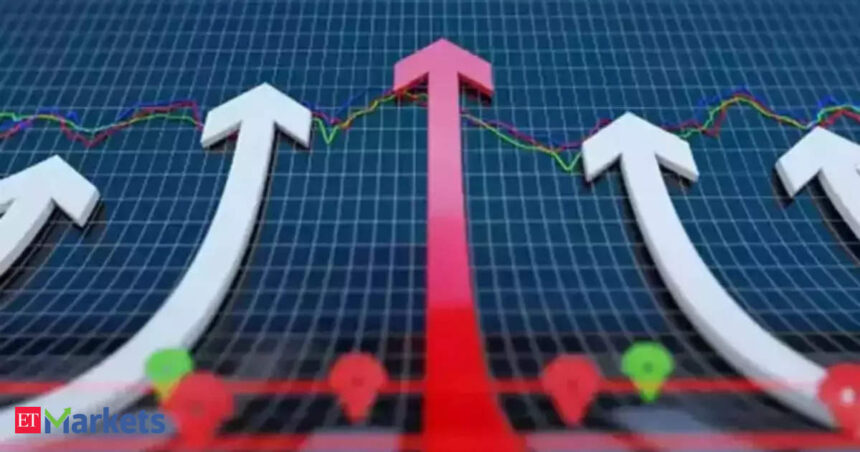Accordingly, if an investor had invested Rs 10,000 in the stock 10 years ago and stayed put, the investment would have swelled into nearly Rs 9.4 lakh, according to an analysis by ET Markets.
In the last five-year period, the shares have jumped nearly 6,000% and about 1050% in the past three years.
Sanmit Infra, a smallcap stock with a market cap of just over Rs 1,000 crore, is engaged in the business of distribution of petroleum in India. It is also into two other divisions — bio medical and infrastructure.
It has an EPS of 0.30 on a trailing twelve month (TTM) basis and the stock is currently trading at a PB of 39.11.
According to the latest shareholding pattern available with the exchanges, promoters own a majority of the stake at 72.33%, while the rest of 28% lies with public shareholders.
Among public shareholders, mutual funds and foreign investors have no stake. Meanwhile, retail investors have a holding of 5.24% in the company.For the first quarter ended June, Sanmit Infra’s net profit fell to Rs 55 lakh from Rs 96 lakh a year ago. Revenue from operations too dropped 13% year-on-year to Rs 33 crore.
Technical outlook – What should traders do?
Analysts say the stock is under consolidation and that existing investors can hold, while fresh buying can be done on dips
“On the daily chart, we observe that the stock made a bottom at Rs 73 on September 7, 2023, and from there, it rallied up to Rs 89. The stock is consolidating the prior gains — even the momentum indicator. RSI is taking support at 30 reading, which is a positive sign. Hence, one can hold the stock at CMP: Rs 76 with a stop loss of Rs 72 for a target Rs 84-88 levels in a couple of weeks,” said Mileen Vasudeo, Sr Technical Analyst, Arihant Capital
“The stock is trading in a range where Rs 92 acts as a resistance and Rs 69 as a support. The 200 DEMA also lies near Rs 70. So, buying on dips is advisable for a target of Rs 88,” said Vaibhav Kaushik, Research Analyst, GCL Broking
(Disclaimer: Recommendations, suggestions, views and opinions given by the experts are their own. These do not represent the views of Economic Times)







